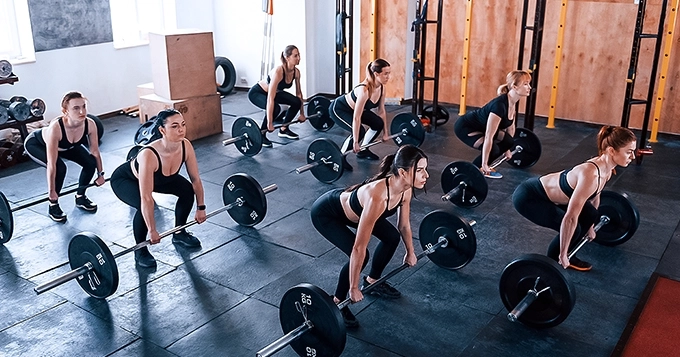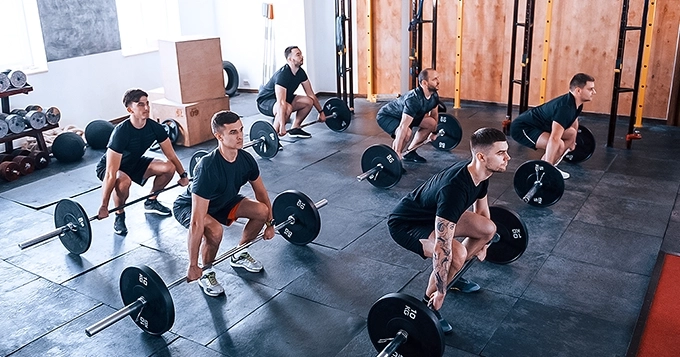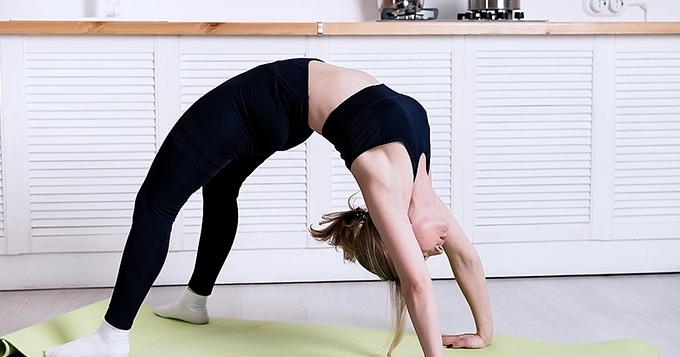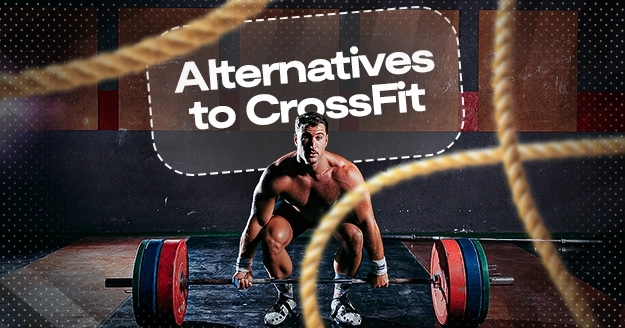Understanding Crossfit
CrossFit is a strength and conditioning program that involves performing functional movements at a high-intensity level.
These movements mimic everyday actions such as squatting, pulling, and pushing. CrossFit workouts often include variations of squats, push-ups, and weightlifting exercises performed for specific time intervals to promote muscle growth. Unlike traditional workouts that prescribe a set number of repetitions, CrossFit uses time intervals.
Like OrangeTheory, CrossFit employs a ‘workout of the day’ (WOD) format, with all members doing the same daily workout. The daily WOD is available on their website at no cost, along with a comprehensive guide to the specialized terminology used in CrossFit.
Reasons Why CrossFit Might Not Be for You
Before we delve into alternative training styles, it’s essential to recognize that CrossFit might not be the best fit for everyone. Here are some of the reasons why:
- Risk of Injury
CrossFit workouts often involve complex movements performed at high intensity, which can increase the risk of injury, especially for beginners or those with pre-existing health conditions. The competitive nature of CrossFit may push individuals beyond their limits, raising the risk of overuse injuries.
- Intimidating Environment
CrossFit gyms, or “boxes,” can have a competitive and intimidating atmosphere, which may not be suitable for everyone, particularly those who prefer a more supportive and inclusive environment.
- Heavy Emphasis on Strength Training
While strength training is an essential component of fitness, CrossFit’s heavy emphasis on lifting heavy weights may not appeal to individuals who prefer a more balanced approach to fitness that includes cardiovascular exercise, flexibility, and mobility training.
- Cost
Some people are looking for a cheaper alternative to CrossFit since CrossFit memberships can be expensive, especially when compared to traditional gym memberships. For some, the cost may be prohibitive, particularly if they’re unable to commit to attending classes regularly.
Now that we’ve discussed why CrossFit might not be the best fit for everyone, let’s explore the best alternative to CrossFit that offers similar benefits without the potential drawbacks.
Exploring the Best Alternative to CrossFit
An alternative to skipping CrossFit could be exploring other fitness modalities that align better with your preferences and fitness goals.
- High-Intensity Interval Training (HIIT)
HIIT, known for its calorie-burning and heart health benefits, has gained popularity recently. This training style involves short bursts of high-intensity exercises followed by low-intensity activity or brief periods of rest. HIIT workouts can be a cheaper alternative to CrossFit, tailored to suit any fitness level, and done with minimal equipment, making them accessible to everyone.
- Traditional Strength Training
If you lean towards a conventional method of building strength, you can center your training around weightlifting and resistance exercises. These can be performed at a standard gym using free weights, weight machines, or bodyweight exercises. Many individuals dedicated to fitness adhere to programs such as Stronglifts 5×5 or Starting Strength, which prioritize compound movements like squats, deadlifts, and bench presses.
- Obstacle Course Racing (OCR)
If you are searching for a challenging and fun way to test your strength and endurance, obstacle course racing might be the perfect fit for you. OCR events typically involve navigating through a series of challenges, such as rope climbs, mud pits, and wall jumps. These races are physically demanding and mentally stimulating, requiring quick thinking and problem-solving skills.
- Functional Training
Functional training involves focusing on movements that mimic real-life activities and improve overall functionality and mobility. This type of training emphasizes core strength, balance, and flexibility, making it ideal for improving performance in daily tasks and preventing injury. Functional training can incorporate a variety of equipment, including kettlebells, resistance bands, and stability balls, to target different muscle groups and movement patterns.
- Animal Flow
Animal flow is a bodyweight-based movement technique that takes cues from rolling, jumping, and crawling animal motions. This innovative training style improves strength, flexibility, and coordination while promoting a playful and creative approach to fitness. Animal flow workouts can be done anywhere, and no equipment is required, making them perfect for those who prefer to exercise outdoors or at home.
- Parkour
Parkour is a discipline that involves navigating through urban environments using only the human body and the surroundings. This non-competitive sport focuses on developing agility, strength, and spatial awareness through running, jumping, climbing, and vaulting over obstacles. Parkour encourages creativity and adaptability, allowing practitioners to explore their physical capabilities in new and exciting ways.
- Aerial Yoga
Aerial yoga combines traditional yoga poses with aerial silk hammocks suspended from the ceiling. This unique training style enhances flexibility, core strength, and balance while providing you a sense of freedom and weightlessness. Aerial yoga classes often incorporate elements of meditation and relaxation. This makes them a great choice for those looking to de-stress and unwind while getting a great workout.
- Trampoline Fitness
Trampoline fitness classes offer a creative, fun, and effective way to improve cardiovascular health, coordination, and muscular endurance. Bouncing on a trampoline engages multiple muscle groups simultaneously, including the legs, core, and arms, while also providing a gentle low-impact workout on the joints. Trampoline fitness classes typically incorporate a variety of exercises, including jumping jacks, squats, and burpees, to keep participants engaged and challenged.








